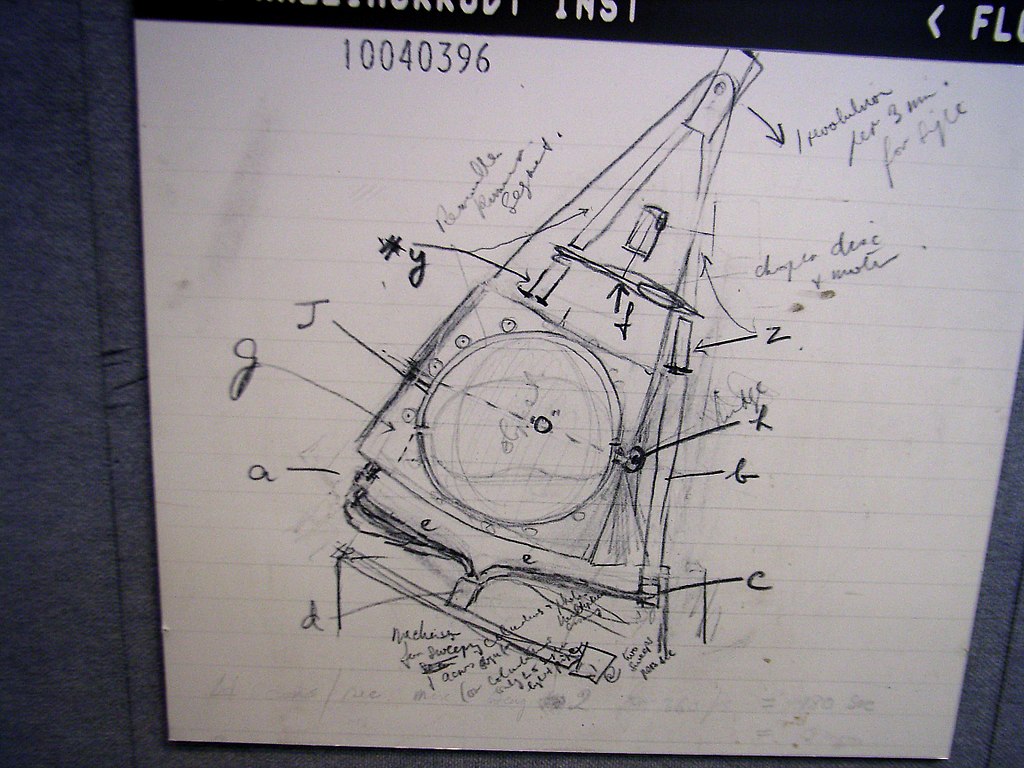
1979 Nobel prize
Award Winner –
Courtesy Wiki

Original sketch from Hounsfield’s notebook. The picture was taken at the UKRC 2005 exhibition, Manchester G-Mex centre. 08:56, 20 July 2006 (UTC)
Courtesy Wiki
Shared 1979 Nobel Prize for Physiology or Medicine with Allan MacLeod Cormack
- HU Hounsfield Units
- relative quantitative measurement of radio density
- measured by linear attenuation coefficient for each material at the selected effective energy
- physical density of tissue is proportional to the absorption/attenuation of the X-ray beam.
- Assigned numbers
- 4096 values levels of gray (12 bit) and
- ranges from
- -1024 HU to 3071 HU
- -1024 HU is black as in air
- 0 HU represents water (
- 3071 HU is white
- represents the densest tissue in a human body,
- tooth enamel.
- -1024 HU to 3071 HU
- All other tissues are somewhere within this scale; fat is around -100 HU, muscle around 100 HU and bone spans from 200 HU (trabecular/spongeous bone) to about 2000 HU (cortical bone).
- ranges from
- Hounsfield scale is displayed as
- gray tones
- dense tissue, with greater X-ray beam absorption,
- has positive values
- appears bright;
- less dense tissue, with less X-ray beam absorption,
- has negative values and
- appears dark.
- dense tissue, with greater X-ray beam absorption,
- gray tones
- distilled water (at standard temperature and pressure) is arbitrarily defined to be zero HU
- air defined as -1000 HU.
- bones – 1000 for bones,
- dense bones like the cochlea 2000,
- metals like steel or silver more than 3000
- Densities
- For practical purposes in the body ie approximate
- density of calcium +50 to +500
- density of soft tissue +50
- density of lung- -700 to -800
- density of fluid +5to +15
- fat -5 to -100
- iodinated contrast + 100 to +500
- For practical purposes in the body ie approximate
- relative quantitative measurement of radio density
Links and References
DenOtter TD et al Hounsfield Unit
